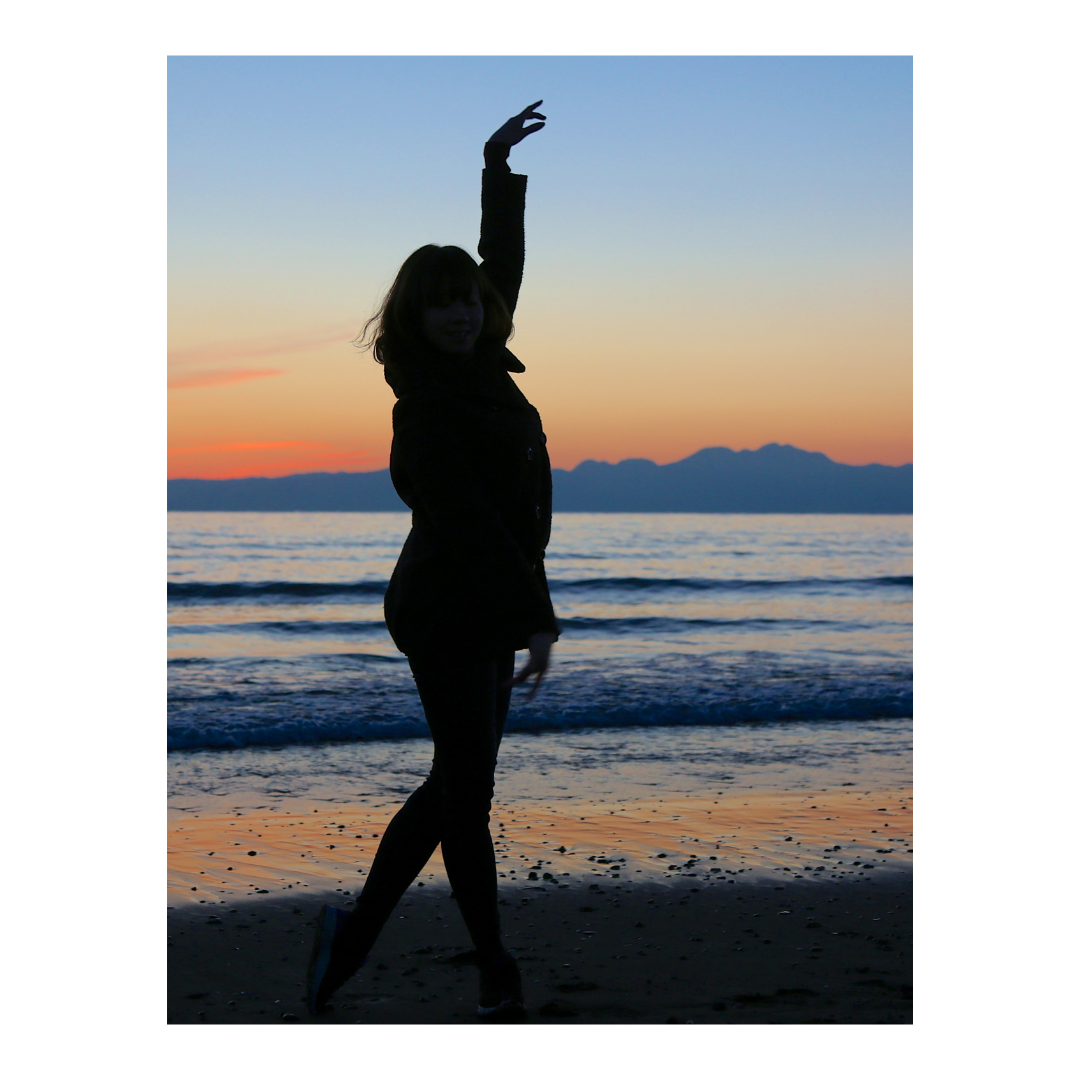the art of allowing
making peace with stress, anxiety & sadness in an era of overwhelm
A report from nonprofit organization FAIR Health ((dated April 29, 2024) found that the percentage of patients with mental health diagnoses increased across all age groups, with the largest increase seen in those age 65 and older.
This seems to align with other research that reports the prevalence and increase of mental health conditions since the start of the pandemic.
Now, more than at any time in human history we’re tirelessly studying these states of being, seemingly with little to no success as the number of those who are chronically afflicted is reportedly rising. What have we sacrificed in the name of progress that’s led to this dilemma?
I’m curious about proposed solutions, from science to woo-woo and that in between. I’ve even conducted my own experiments when I succumb to emotional eating, passive viewing, or simmering in the slow cooker of anxiety, stress, or sadness. I’ve engaged in soul retreats, a 10-day silent meditation retreat, deep breathing exercises, and more, all of which have introduced Eastern and Western techniques, some of which have become staple practices.
In many shamanic societies, if you came to a medicine person complaining of being disheartened, dispirited, or depressed, they would ask one of four questions: When did you stop dancing? When did you stop singing? When did you stop being enchanted by stories? When did you stop finding comfort in the sweet territory of silence?
- Gabrielle Roth
And, because the above quote is posted on the wall in my office, I ask those questions often and act based on what resonates at that time (dance through the house, take a Zumba class, sing loudly to a favorite song in the car, find a captivating movie to watch or book to read, actively listen to someone’s story, take a meditative walk, or sit quietly on the porch).
Before my experimental efforts, I embraced the “fake it ‘til you make it” mantra and put on a happy face to mask my inner absence of ease. That didn’t work, my emotional state didn’t care about my happy face, it had something to say and I was refusing to listen.
What I’ve learned that’s been most effective for me is to observe and get curious. When I feel it coming on, I just experience it moving through me without wrestling with it; it’s never still, it’s always moving and shifting. Often I’ll write in my journal, ‘What do I need to know?’ or ‘What do I need right now?’ Eventually, it passes through and leaves an answer for which I’m always grateful.
This commitment to observing has taught me much about my inner life and I can now say that I’ve made peace with these states of being. We’re not going to rid ourselves of stress, anxiety, and sadness; they are not our enemies. What we can do is learn to dance and harmonize with them.
Remember the scene in the Pixar animated film, Inside Out, that explores our emotions, where Joy drags Sadness through the character’s long-term memory? How brave of them to take on such a heavy topic in such a brilliant way. It always conjures a smile; I highly recommend it if you haven’t watched it.
What we’ve learned through it all is that we can’t successfully navigate our lives without these emotions and feelings. The good news is that they visit but they don’t linger indefinitely. I’ve found that the process of allowing has significantly reduced the number of visits and shortened their duration.
What you resist persists. Moving to a place of acceptance eases suffering.
Sara Avant Stover’s “The Book of SHE: Your Heroine's Journey into the Heart of Feminine Power,” is filled with wisdom and healing practices to this end, and a rich male conversation on the topic of inner well-being, presented by Uninterrupted Soul Training, is another powerful place to start.
Keep the above questions in mind, and act on them. They can be powerful solutions!
Do you allow or effort through these kind of emotional periods? What are your thoughts about this quote? Share a comment or message me below.


